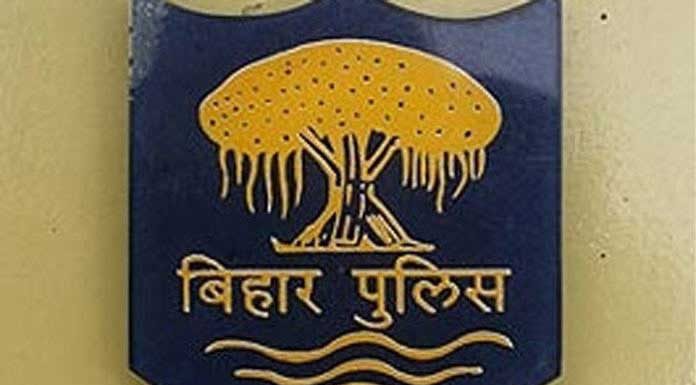With many flip-flops in the past, the Government of Bihar has finally taken a consultant on the board to work on the much-delayed Crime and Criminal Tracking Network Systems (CCTNS). In a statement, Bihar Police said that it has signed an agreement with Tata Consultancy Services (TCS) to execute Rs 250 crore CCTNS project.
CCTNS project was launched in 2009 by UPA government in the aftermath of the 26/11 attacks in Mumbai with an aim to digitally connect all the police stations in the country and digitizing all existing FIRs and criminal records.
Both Bihar and Rajasthan have been lagging behind due to their inability to work with system integrators, leading to an inordinate delay of nation-wide implementation of CCTNS project. According to the report, the central had warned the states that the money allocated would be taken back in case they failed to complete the work on the stipulated deadline.
The overall, size of the Bihar government contract is Rs 250 crore, of which about Rs 206 crore will be paid by the state and rest of the amount will come from central government. Kamal Kishore Singh, IG, State Crime Record Bureau, Bihar informed that TCS has been given a year time, (about 55 weeks) to complete the project. The consulting firm will also cooperate for five years until the IT cadre of Bihar police comes into existence.
Last time a similar agreement was signed in 2012 with Indian Telephone Industries (ITI), a central government undertaking but the contract was scrapped in 2014 due to tardy progress and differences with the firm. Thereafter, few attempts were made to get the new SI but the government could not succeed.
Under the newly signed agreement, as many as 894 police stations and 380 higher officers would be connected through the intranet. Once rolled-out, lodging an FIR, fingerprint database of arrested criminals, maintenance of goonda register, gang register and chargesheet filing would be done digitally and data sharing among police stations will become easy.
For CCTNS project, a state selects a system integrator, sets up a state data centre (SDC) usually with the help of NIC, and then connects all the police stations with this data centre with the help of connectivity providers such as BSNL. It finally syncs all the SDCs with National Data Centres at New Delhi, Pune and Hyderabad which function as disaster recovery (DR) sites. And, on top of this, the NCRB provides a standard Core Application Software (CAS) which police stations use for lodging FIRs and for entering data.
According to reports, in October 2009, the Kolkata police arrested a person and held him in prison for 45 days in connection with a petty theft case and then let him off with a fine of Rs 90 because there was no means of verifying the false name—Md. Arshad— that he gave at the time of his arrest. Later on, the National Investigation Agency (NIA) found that he was none other than Mohammed Ahmed Zarar Siddibappa, also known as Yasin Bhatkal, an alleged Indian Mujahideen commander, who is alleged to have subsequently carried out terrorist attacks in Pune, Bangalore, Varanasi, Delhi and Hyderabad.
Would this have happened if there was a system in place to fetch real-time data about crime and criminals? Possibly not. That is why in 2009 in the aftermath of the 26/11 attacks in Mumbai, the UPA government launched the CCTNS project.
Former Union Home Minister P Chidambaram who sanctioned this project had said that each police station was an island, where records were maintained manually. The police of any state barely “talked” among themselves, or with the police of other states. Therefore, “a seamless, technology-driven network in which any police station could “talk” to another police station in real time, was needed.”











